Chronic venous insufficiency (CVI) occurs when the venous walls and/or venous valves in the leg veins do not empty well, which causes blood to collect in these veins in a condition known as stasis.
While blood flow into the legs is driven by the heart, flow from the legs back towards the heart is dependent upon the contractions of the calf muscles that squeeze the veins and push blood upward. To keep blood flowing in this direction, veins contain one-way valves that allow blood to pass through without allowing gravity to pull the blood back towards the legs.
CVI results from damage to the venous valves that allows blood to flow backwards. Valve damage is usually due to aging, extended sitting and prolonged standing. CVI can also occur when a blood clot forms in one of the deep veins of the legs, known as deep venous thrombosis (DVT). Up to 30 % of people with DVT will develop CVI. Other risk factors for CVI include advancing age, lower extremity trauma, prolonged inactivity, family history, pregnancy, obesity, female sex and being quite tall.
Symptoms of CVI include:
Swelling in the lower legs and ankles.
Aching and tiredness in the legs.
New swollen, visible veins near the skin’s surface (known as varicose veins).
Leathery-looking skin on the legs.
Flaking and/or itching skin on the legs.
Untreated CVI can cause even the smallest blood vessels, known as capillaries, to burst, leading to local superficial tissue inflammation and internal tissue damage. At worst, this can lead to stasis ulcers, which are open sores on the skin’s surface.
CVI is diagnosed by medical history, physical examination and vascular ultrasound studies that use sound to produce images of the leg veins.
Basic management of CVI includes:
Avoiding long periods of sitting or standing.
Regular exercise.
Losing weight, if overweight.
Leg elevation while sitting and lying down.
Wearing compression stockings.
Practicing good skin hygiene.
Taking antibiotics to treat skin infections.
For more advanced disease, options include:
Sclerotherapy, the injection of solutions directly into small varicose veins that causes them to collapse and disappear.
Endovenous thermal ablation, the use of an intravenous laser or high-frequency radio waves to create intense heat within the affected veins that causes the targeted veins to close.
Ligation, in which veins are surgically cut and tied off by a surgeon.
Stripping, in which a surgeon utilizes probes to identify larger veins and pulls them out to remove them.
For questions about CVI and CVT, consult a physician.

